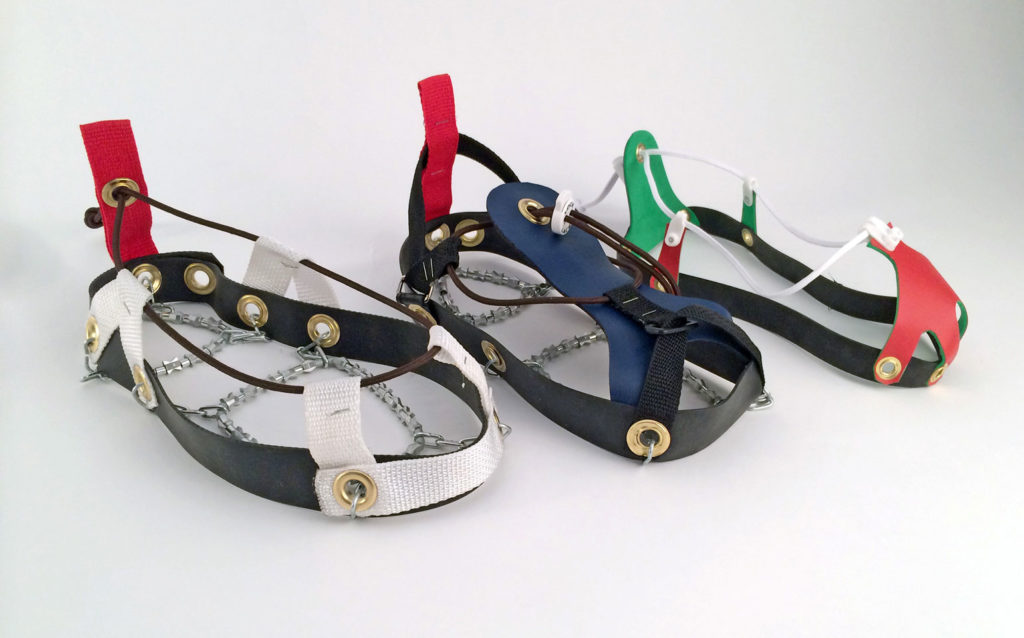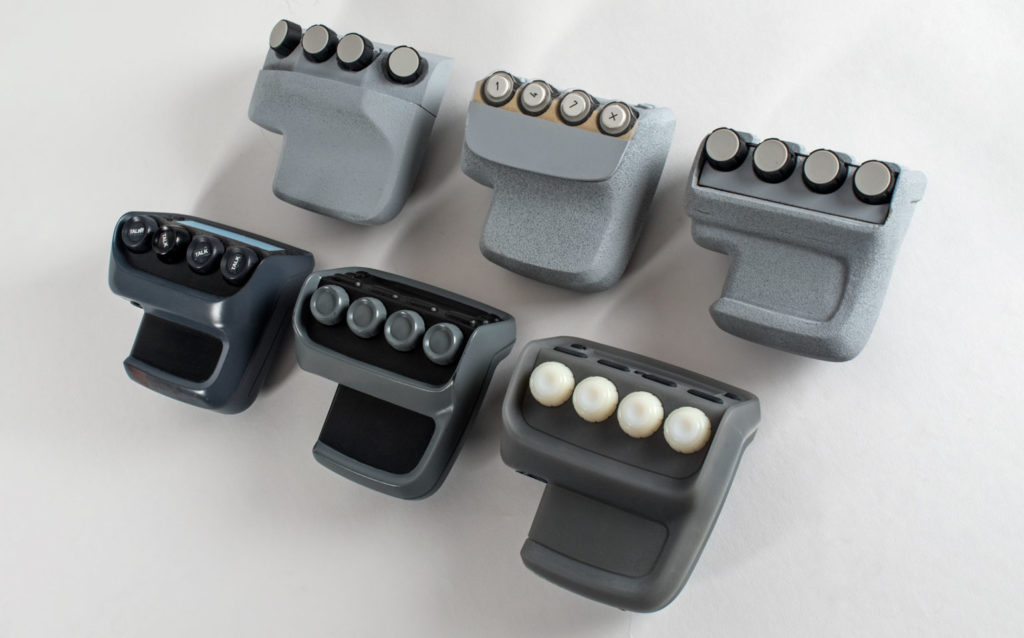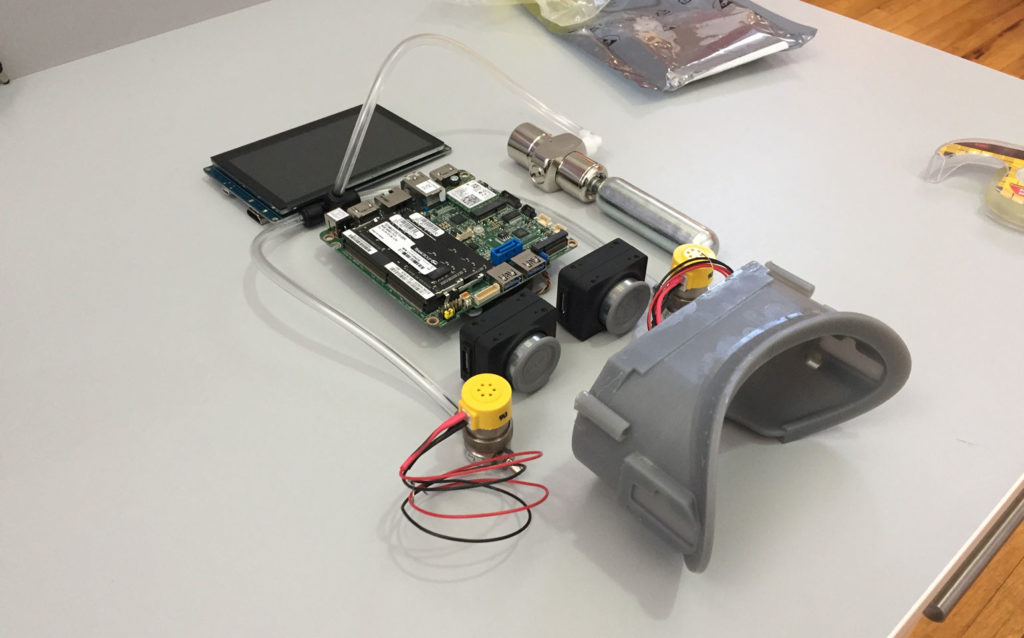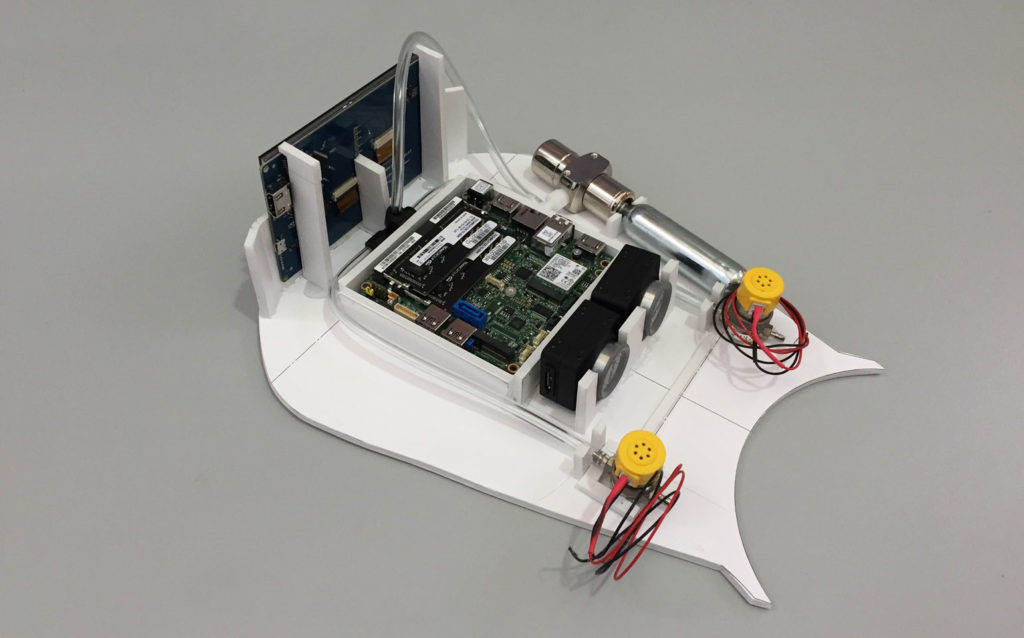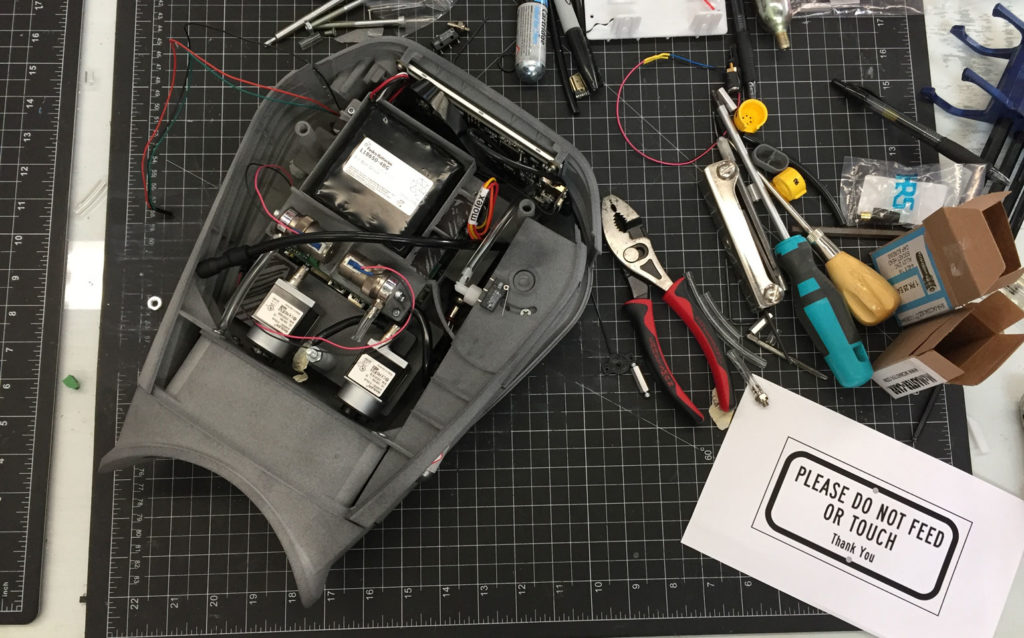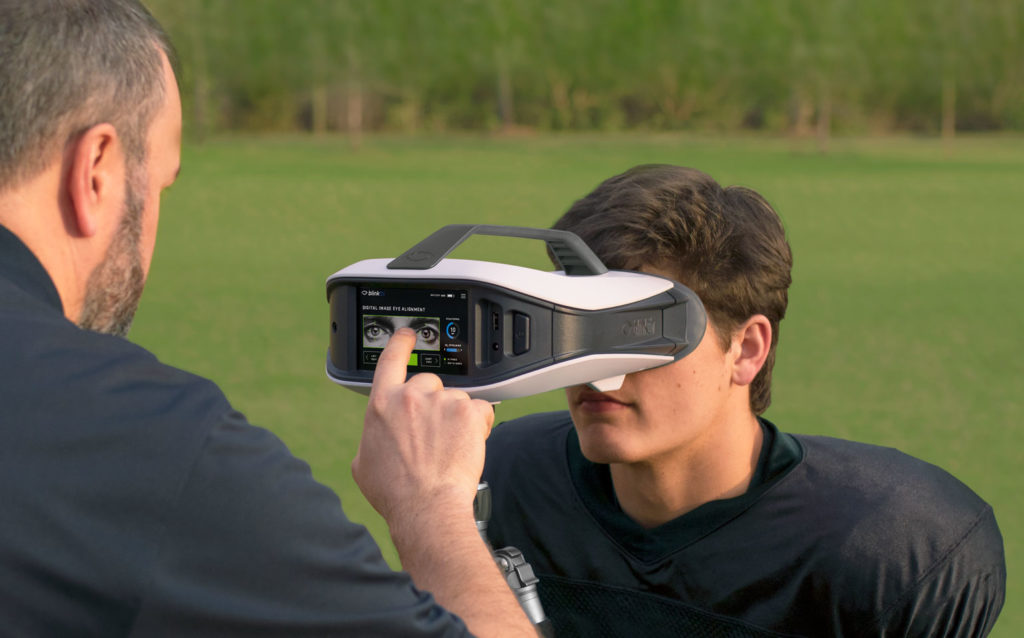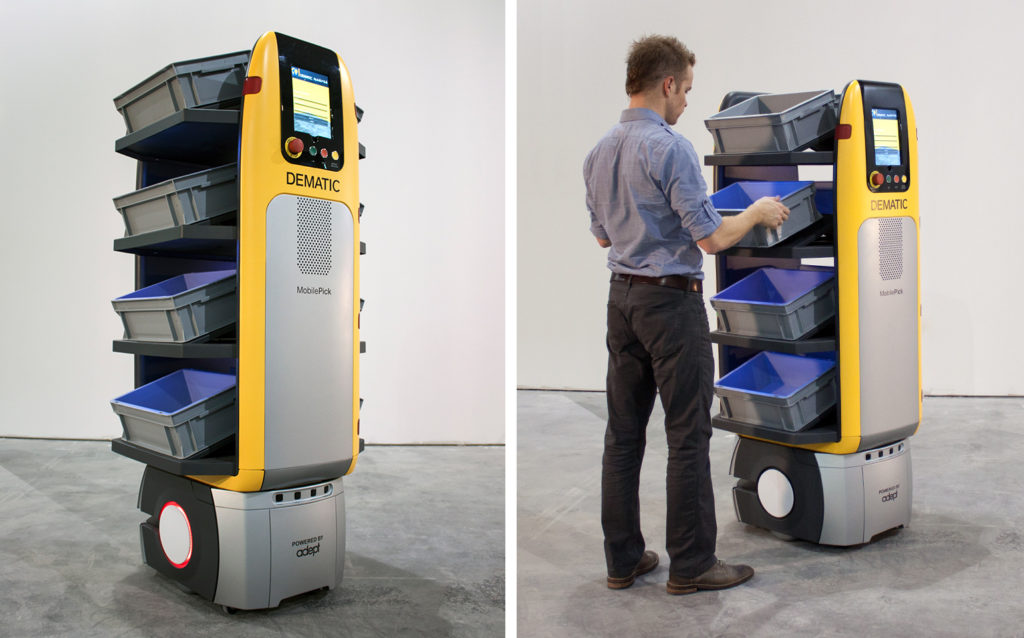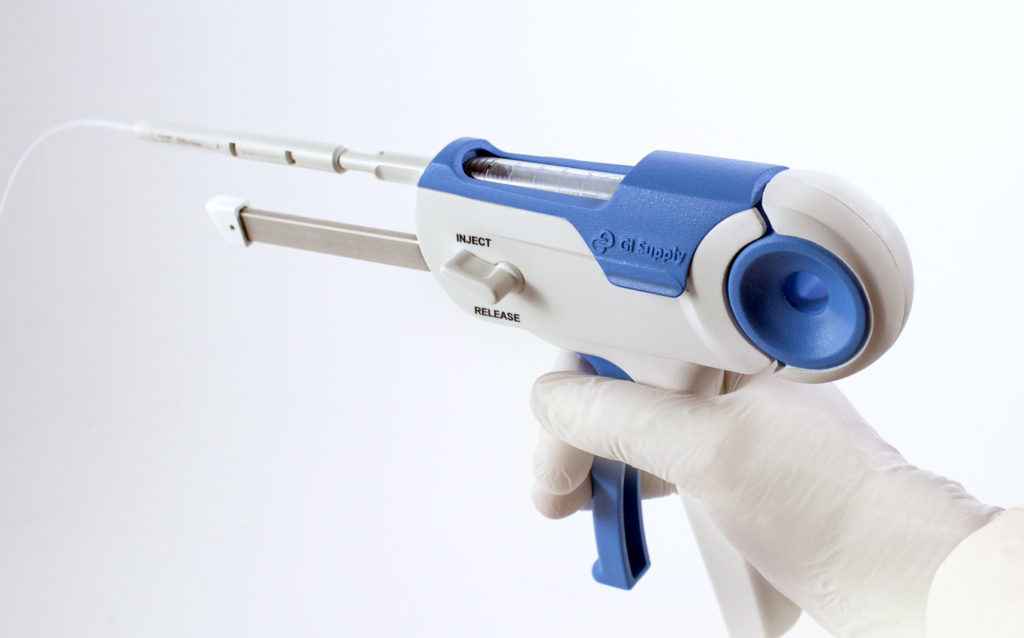A fully functional prototype model is a major milestone in any new product design; we discuss how various types of prototypes can inform your process.
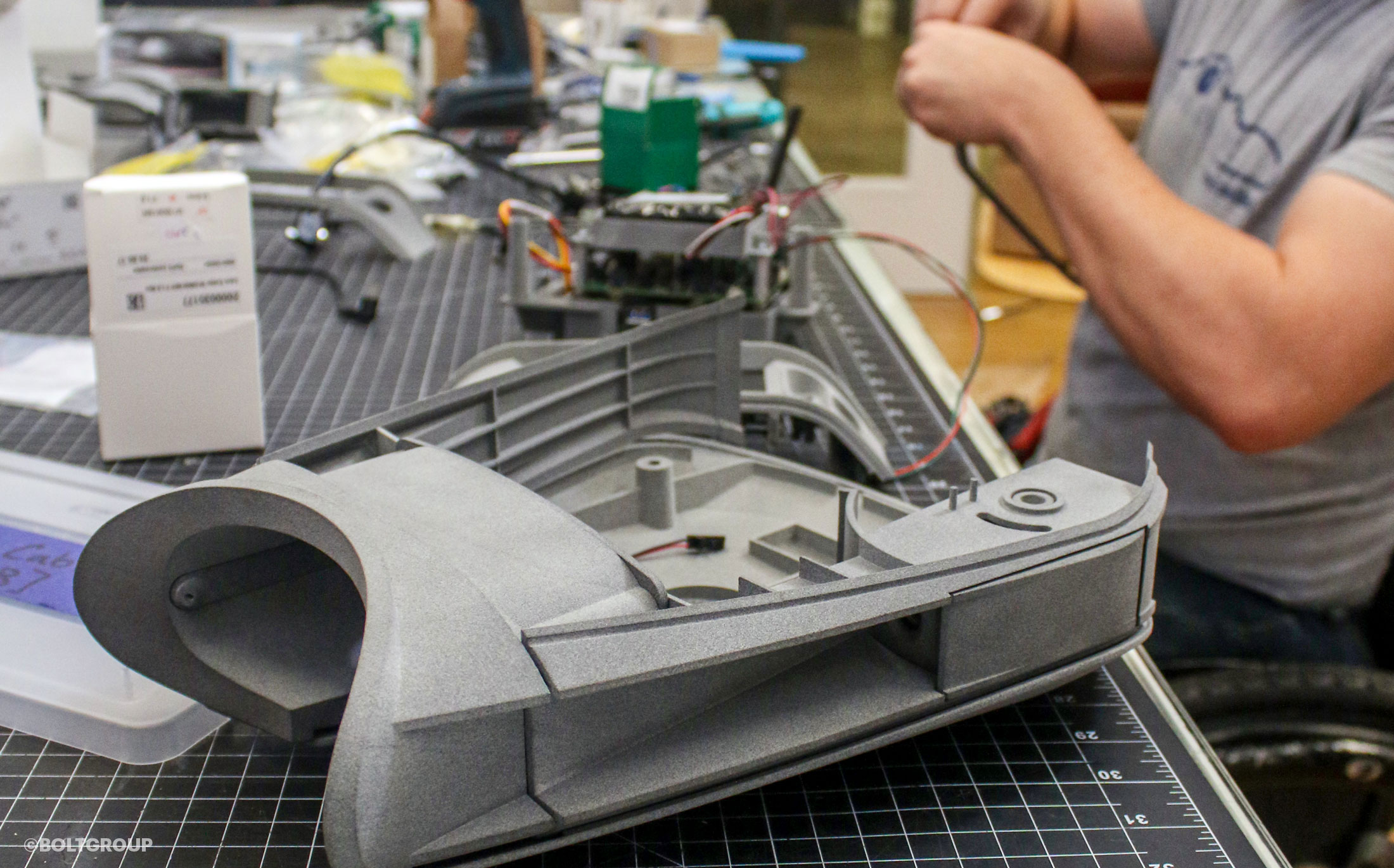
April 14th, 2023
3 Types of Prototypes That Are Crucial To Your Design Process
One of the biggest milestones we often help our clients achieve in any new product design is producing a fully functional prototype model. Finally, the light bulb idea you’ve been thinking about all this time is now in your hands, ready to be tested and evaluated, shown off to investors, and shared with the world.
A functional prototype model is often the culmination of several smaller, more specifically targeted models that help to inform the product’s design and functionality along the way. Trying to go from a napkin sketch directly to building a functional model is a recipe for total failure and a barrier to truly innovative products. You’ll often end up with a product that doesn’t look like it should, doesn’t function correctly, is difficult to understand or operate, and ultimately leaves your end customer dissatisfied, confused, and looking for an alternative product to fill their needs. For this reason, we typically employ an iterative prototype process, producing several rounds of study models with increasing fidelity and detail, before we bring it all together into a functional prototype. This process gives design teams the opportunity to discover product insights along the way that will surely make the final prototype (and your business prospects!) sing.
Here are three types of prototype models that you should be including in your product design process:
- Ergonomic Study Model–Often one of the first models made, an ergonomic study model allows just that, to study the ergonomics of the design at a foundational level. This model is usually rough in nature and made by hand or other additive manufacturing techniques. It permits the study of the product’s shape, size, configuration, and ergonomics. Study models are typically full scale but may be scaled up or down as needed. They do not represent the product’s details, appearance, or final ergonomics.The outcome of this model is a better understanding of a product’s spatial footprint, user interaction and experience, general comfort, ease of use, and overall enjoyment. The insights learned with ergonomic study models help to define the product design and ultimate success.
- Engineering Model: aka P-o-P Model–An engineering model is a “proof-of-principle” model. It is often completed in the early portions of the engineering design and development stage. This is when the designers and engineers have narrowed down to a handful of plausible concept solutions or ideas for a product and are now ready to select the solution that will be carried forward for further development and engineering resources. This model does not represent the actual production components or appearance, and is commonly fabricated through a variety of methods (additive manufacturing and 3D printing, machining and metal forming processes, purchased off-the-shelf components, etc.). The engineering model is built to investigate and validate assumptions and to illustrate that a new product or idea can be successful. The product functions that are typically investigated within this model are the ones that may have the most unknowns associated with them. In some cases, the engineering model may be a small portion of an overall product or structure. Think of it as building a prototype for a car brake assembly. You’re not building a prototype of the entire car (engine, chassis, exhaust, interior, etc.), you’re just evaluating a specific function of a product that you may have the most questions about. It’s not uncommon to fabricate multiple engineering models at this stage. Sometimes you’ll want to test several aspects of a single design, or you’ll want to parallel
path a couple concept solutions that are entirely different from one another. Engineering models are crucial in the design process, allowing you to make informed decisions about a product’s viability before sinking unnecessary development costs.
- Working Appearance Model—Your design and engineering teams have put in a lot of effort up until this point, refining the product design for the better at each step of the way. The culminating prototype model before embarking on full-scale production of a product is known as a working appearance model. This model generally works like how the end product should work AND looks like how the end product should look. Typically fabricated from non-production components and materials, these models are used to evaluate final form and function prior to producing and releasing completed engineering drawings and CAD documentation for high-volume production. The degree to which the model can be used to evaluate function varies with the type of model and the function being evaluated. Some models can be used for Beta testing with end users and customers with the intent of future rounds of refinement, while others can live on as fully operational prototypes for your business or manufacturing facility. Working appearance models can also be used for various forms of catalog photography, social media posts, Kickstarter campaigns, investor presentations, industry tradeshows, and other avenues that generate buzz for your products and business both internally and externally.
So, if you’re ready to get started on that product idea you’ve always dreamed of, or if you’re ready to re-energize your product design team and create successful products, consider implementing these various prototype models in your process. Use each round of models and testing as a chance to learn and improve the design. This process will help establish expectations in your organization and guide development teams, via incremental and achievable steps, towards a successful solution.
